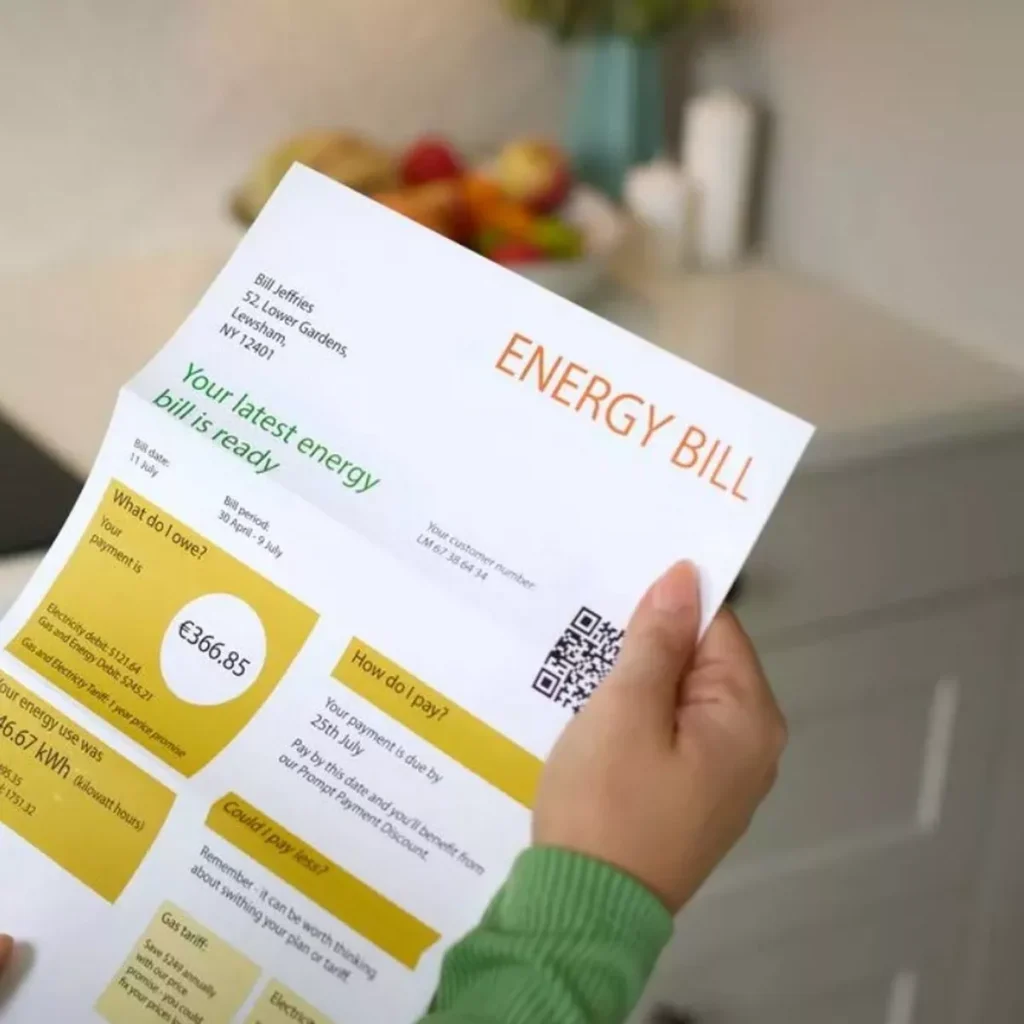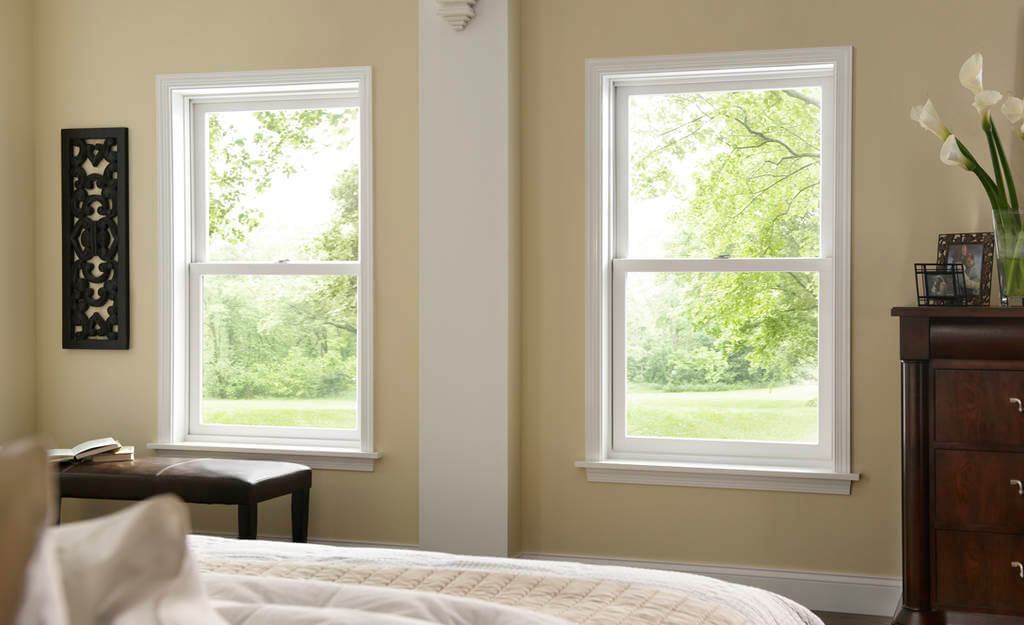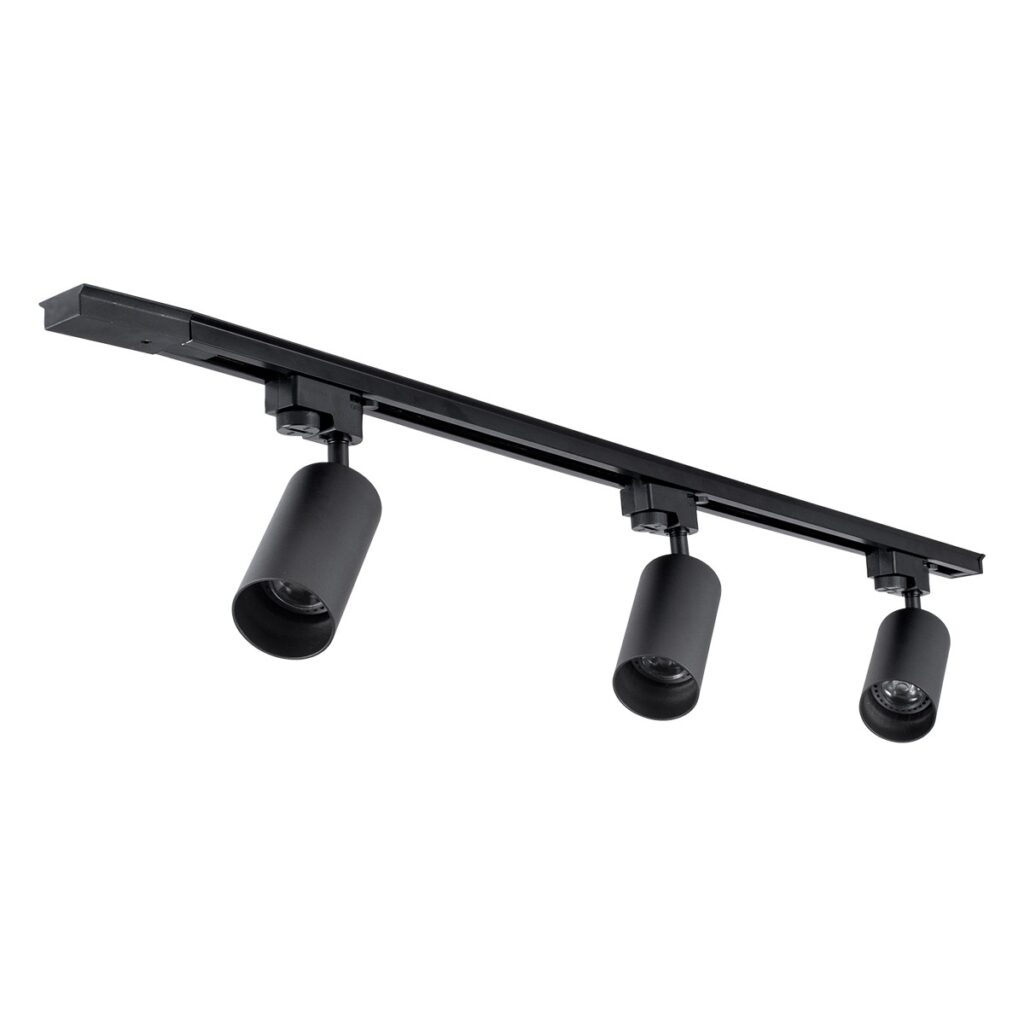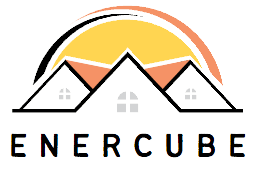1. Round Up Your Gear
Before you climb into your attic or crouch by the baseboards, gather:
- A flashlight (and a sturdy ladder)
- Smoke source—I use a stick of incense, but a smoke pencil works too—for spotting sneaky drafts
- Thermometer (or an infrared “laser” gun if you love gadgets)
- Last year’s utility bills to spot weird spikes
- Notebook, whiteboard, or phone app for jotting down “aha!” moments
Tip: Keep everything in a tote bag so you don’t trek gear all over the house.
2. Decode Your Energy Bills
Pull up your monthly usage for the past 12 months. Ask yourself:
- Which months peeked highest? (Probably January’s chill and July’s blast-the-AC days.)
- Did last October’s number surprise you? A bad fall harvest of leaks could be why.
Plot or simply note any big jumps—you’ll know where to dig in first.

3. Inspect Insulation & the Attic
Head upstairs (carefully!) and check:
- Insulation depth: Fiberglass batting should be around 12–14 inches for an R-49 target in cold zones.
- Gaps around vents, chimneys, recessed lights—these are like open windows to the outdoors.
If you spot bare spots, add more insulation. Ask your retailer about eco-friendly cellulose if you want to feel extra “green.”
4. Hunt Down Air Leaks
On a breezy afternoon:
- Light your incense and slowly wave it near windows, doors, electrical outlets, dryer vents, even plumbing chases.
- Wherever the smoke darts or twists, mark that spot.
Seal easy leaks with weatherstripping or caulk; for larger holes, expanding foam is your friend. I once sealed a gap behind my fridge that saved me nearly $100 a year in heat loss!
5. Give Windows & Doors a Check-Up
Walk around each one and:
- Peek at the frame for cracks or rot—water and cold sneak in here.
- Feel for drafts at the edges—if you can slip a business card through, add tighter seals or consider storm windows.
Upgrading to ENERGY STAR® windows pays off over time, but fresh caulk and good seals go a long way today.

6. Tune Up HVAC Systems
Your furnace and AC earn their keep when they’re clean:
- Change or wash filters every 3 months—or monthly if you have pets.
- Feel airflow at every register. A weak breeze could mean a blocked duct or a thirsty filter.
- If your system is over 5 years old—or just acting grumpy—book a pro tune-up. You’ll thank yourself when summer arrives.
7. Brighten Lighting & Appliances
Here’s quick wins you can do tonight:
- Swap every old incandescent for LED bulbs (think 8–10 W LEDs in place of 60 W bulbs).
- Make a list of appliances older than 10 years—if they’re ENERGY STAR®-rated replacements, rebates and savings await.

8. Go Deeper with Pro Tools (Optional)
When you’re ready for detective work:
- Infrared camera reveals cold spots in walls and ceilings.
- Blower door test measures how “leaky” your whole house is (older homes often hit 5–10 air changes per hour).
- Duct tester spots hidden leaks in your forced-air system.
Professionals run these, but some equipment rental shops cater to DIYers.
9. Make Your Game Plan
Compile everything you’ve found and rank fixes by savings potential and cost:
- Easy and cheap: Air sealing, caulking, LED bulbs
- Medium: Adding attic insulation, upgrading weatherstripping
- Big investments: Heat pump installation, window replacement
Set realistic timelines—tackle small fixes on weekends, plan holidays for big work.
10. Re-Test & Rejoice
After you’ve sealed, insulated, and swapped bulbs, repeat your smoke and thermometer tests. Compare utility bills season by season—you’ll see the payoff in dollars and comfort.
DIY vs. Professional: What Fits You?
| Feature | DIY Audit | Pro Audit |
|---|---|---|
| Cost | $0–$100 (basic tools) | $300–$600 |
| Time | 4–6 hours | 2–3 hours on site |
| Accuracy | Moderate—visual + smoke | High—blower door & thermal data |
| Rebate Eligibility | Limited | Often required for rebates |
| Report | Handwritten or simple app | Detailed digital report |
Quick FAQs
How often?
Every 3–5 years—or right after adding a new HVAC system or finishing a big reno.
Is a pro worth it?
If your house is historic, super drafty, or you want utility rebates, yes—the precise data pays back.
Can I get rebates on my own audit?
Some rebates accept DIY results, but most big programs (e.g., Canada Greener Homes) ask for a professional report.
What’s the single best fix?
Air sealing and attic insulation together often slash 10–20% off your heating and cooling bills.
